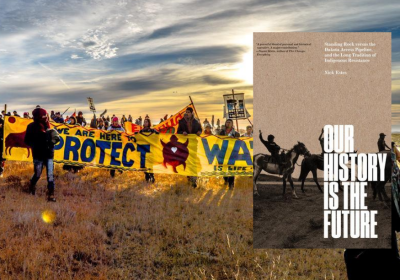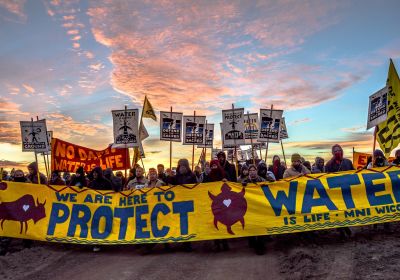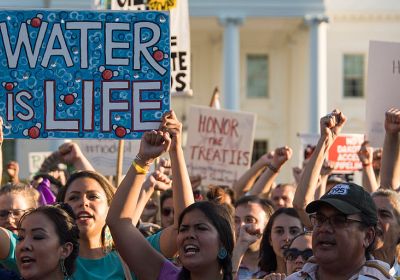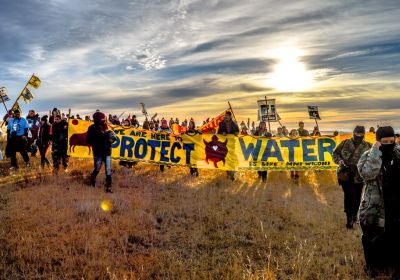
Indigenous scholar and activist Nick Estes’ book, Our History is the Future, provides a vivid account of the movement to halt Dakota Access Pipeline, writes Simon Butler.

Indigenous scholar and activist Nick Estes’ book, Our History is the Future, provides a vivid account of the movement to halt Dakota Access Pipeline, writes Simon Butler.

A US court has delivered a major win to Indigenous organisers and climate activists — and a significant blow to the fossil fuel industry and the Trump administration, writes Jessica Corbett.

The Standing Rock Sioux Tribe recently won a major legal victory in federal court which may have the power to force the shutdown of the $3.8 billion Dakota Access pipeline.

Throughout the battle against the Dakota Access pipeline (DAPL), the US$3.78 billion pipeline that will carry about 500,000 barrels of oil a day, indigenous campaigners and supporters repeatedly warned it was not a question of if, but when a breach would occur.
Now, before the pipeline is even fully operational, those warnings have come to fruition.

After months of fierce opposition from Native Americans and environmentalists, the controversial Dakota Access pipeline (DAPL) is finally carrying oil under Lake Oahe in North and South Dakota, as preparations are made to bring the project into full service.
Owned by Energy Transfer Partners, the 1886 kilometre-long pipeline threatens water supplies and sacred sites on the Standing Rock Indian Reservation, and violates multiple treaties signed with First Nations tribes.